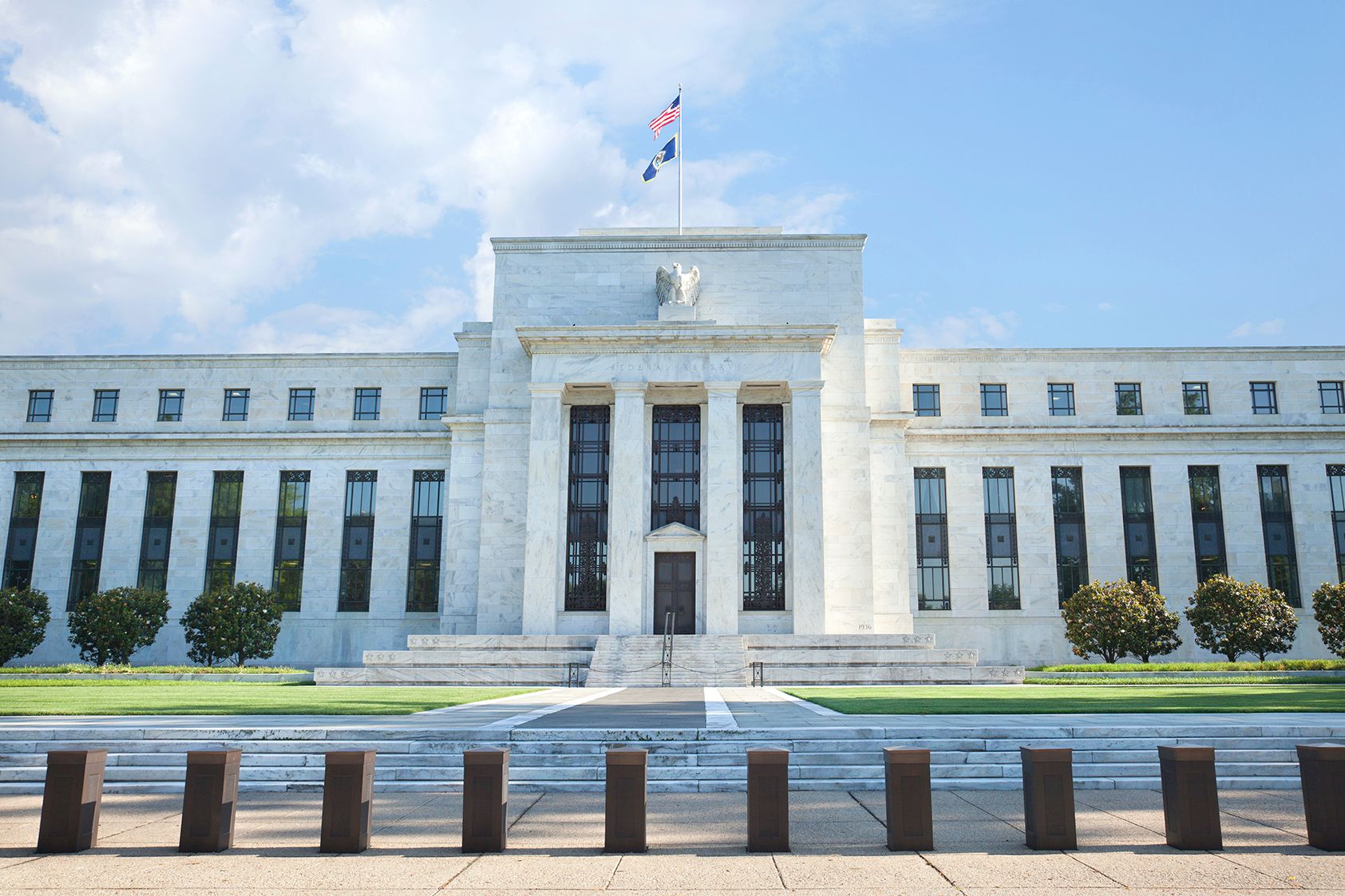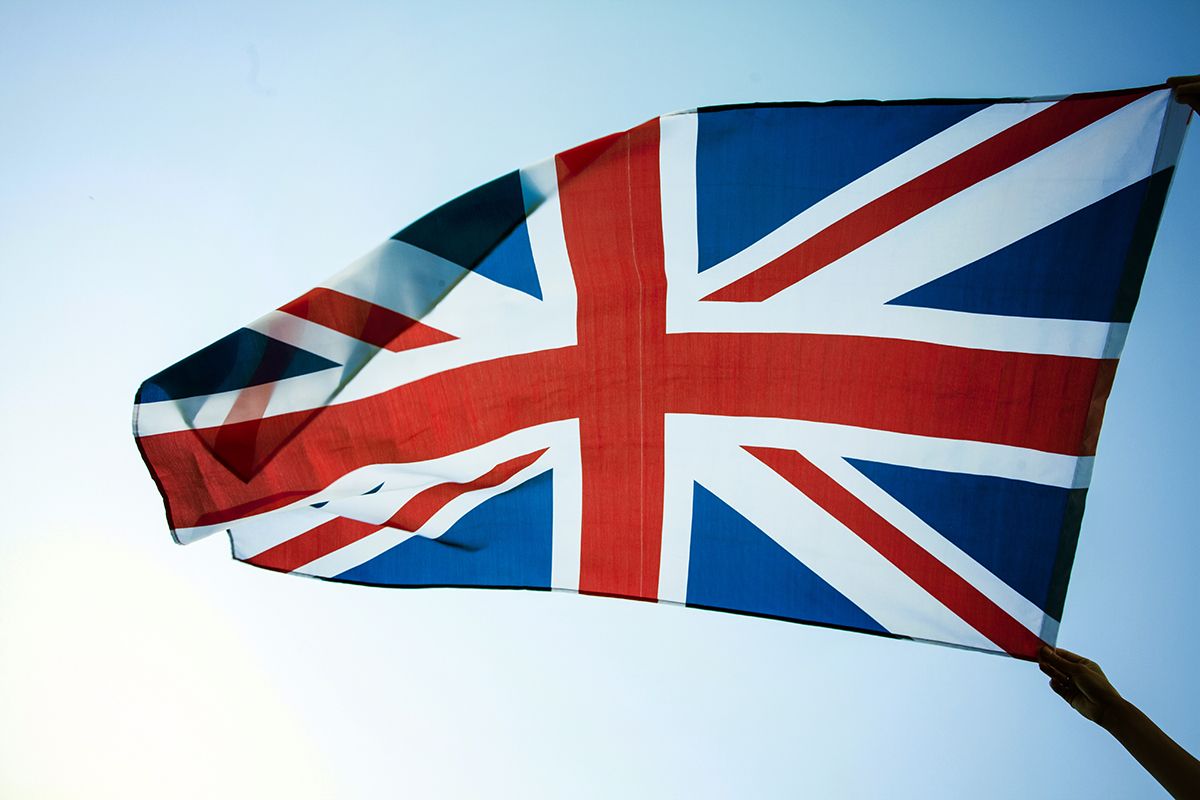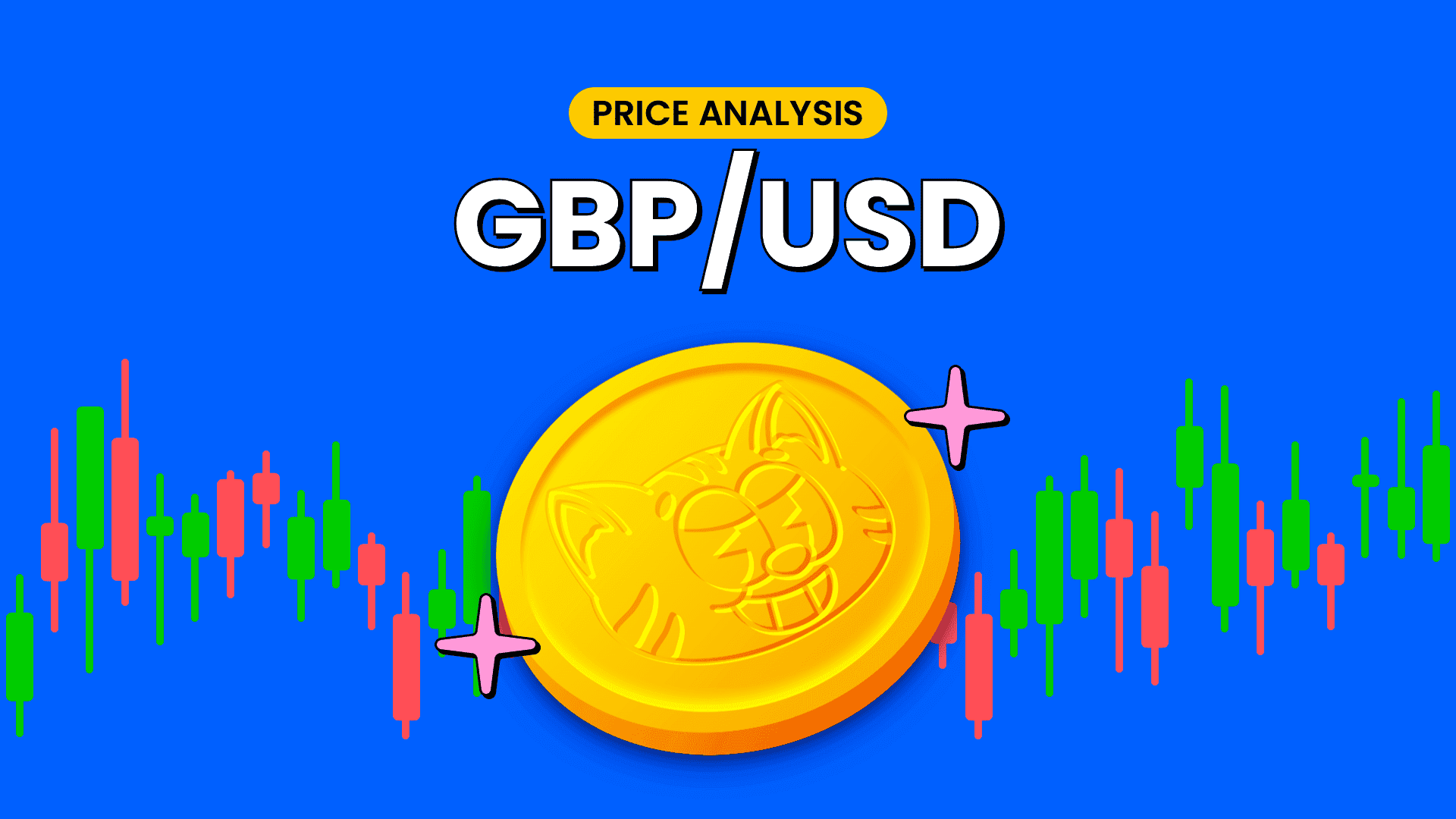GBP/USD Retraces From The Key 61.8% FIB Level Amid Weak USD Demand






- GBP/USD pair rebounds modestly from the 61.8% Fib level after attracting some deep selling on Thursday
- The modest pullback in the ten-year treasury bond yields drags the USD lower on Thursday after reaching its highest level since 2002 hence offering support to the Cable
- Sterling Pound struggles as new Prime Minister takes office

GBP/USD cross attracted some deep selling on Thursday after sensing a firm rejection from the vicinity of 1.15332 level or 61.8% Fibonacci retracement level and dragged spot prices lower below the previous day's YTD low during the early Asian session. At the time of speaking, the pair is down over 20 pips for the day and looks to build upon the retracement slide heading onto the European session.
The modest pullback in the ten-year treasury bond yields and a softer risk tone undermined the greenback and exerted downward pressure on the GBP/USD pair. As such, The yield on the benchmark 10-year Treasury note traded 7 basis points lower at 3.271% at 4:00 p.m. E.T., after hitting its highest level since mid-June during Tuesday's session at 3.353%, while The yield on the 30-year Treasury bond was down by nearly 7 basis points at 3.417%.

The U.S. Dollar index(DXY), which measures the greenback against a basket of other currencies, soared on Wednesday and jumped to the highest level since 2002 as traders anticipate further aggressive monetary tightening by the Federal Reserve.
Helping the dollar rise was more healthy U.S. economic data, with the country's important services sector unexpectedly seeing activity accelerate in August, giving the Fed more space to hike interest rates sharply when policymakers next meet later this month.
The Fed must lift interest rates to a level that restrains economic activity and keep them there until policymakers are "convinced" that inflation is subsiding, Richmond Fed President Thomas Barkin said Tuesday in an interview with the Financial Times.
Additionally, Fed Vice-Chairman Lael Brainard said on Wednesday that interest rates would need to rise further this year but didn't elaborate o the size of the likely increase at the central bank's next policy meeting on September 20th-21st. She said the central bank would need to raise rates to levels that slow the economy "for some time to provide confidence that inflation is moving down to target".
Following Brainard's remarks, Traders are now pricing in an over 70% chance that the central bank will raise rates by 75 basis points in September.

On the U.K. docket, After a drawn-out contest in London, the country's ruling Conservative Party on Monday picked Liz Truss as its new leader and the U.K.'s new prime minister. Truss, until now the U.K.'s foreign minister, beat rival Rishi Sunak, the country's former finance minister, to win the leadership race.
Truss's appointment comes when the country faces the biggest cost-of-living crisis in decades and soaring inflation primarily driven by rising energy costs. Inflation, in fact, is expected to peak at 10% in the final three months of 2022 according to the latest Bank of England (BOE) forecast. It is worth remembering the BOE last month issued a dire economic outlook and warned that it expects the U.K. economy to enter its longest recession since the global financial crisis in the fourth quarter of the year. The BoE meets next week and is expected to hike interest rates by 50 or even 75 basis points.
Ahead of the BoE meeting, attention will turn to Truss' economic plans in the coming days. Truss plans to freeze energy bills at £130 billion and provide billions more in business support, likely impacting the U.K.'s growth outlook and debt position. This, in the end, will improve the British pound outlook in the long run.
As we advance, the focus now shifts toward FED Chairman Jerome Powell's speech scheduled for release today during the early mid-north American session. His speech would influence the near-term USD price dynamics. This, in turn, should assist traders in determining the next leg of a directional move for the GBP/USD pair. Investors will look for cues from the release of the initial jobless claims report, which is expected to show that the number of people who filed for unemployment insurance decreased last month.

Technical Outlook: Four-hour GBP/USD Price Chart

From a technical standstill, using a four-hour price chart price, the price rebounded modestly after strong rejection from the 61.8% Fibonacci retracement level at 1.15332 level. Subsequent follow-through selling would push the asset to the immediate hurdle ranging from 1.14427- 1.14597levels (Demand zone). The aforementioned zone would act as a barrier against the asset, though a clean break below the zone would be seen as a fresh trigger for bears to continue pushing the price down and pave the way for additional losses. The downward trajectory could then accelerate toward retesting the lower trendline of the falling wedge chart pattern plotted from the September 2022 lower lows.
The RSI(14) level at 46.8812 is in the bearish territory after rebounding from the 51.3391 level adding to the bearish filter. The Moving average convergence divergence(MACD) crossover at -0.0034 portrays a bullish filter, though a crossover to the downside later today will add to the bearish credence. On the other hand, the 20 and 50 Exponential Moving Average(EMA) crossover(Golden Cross) at 1.21359 adds to the overall downside bias.
On the flip side, a pullback toward the supply zone followed by a convincing break above the zone and the upper trendline of the falling wedge chart pattern will negate any near-term bullish outlook and prompt aggressive technical buying.
